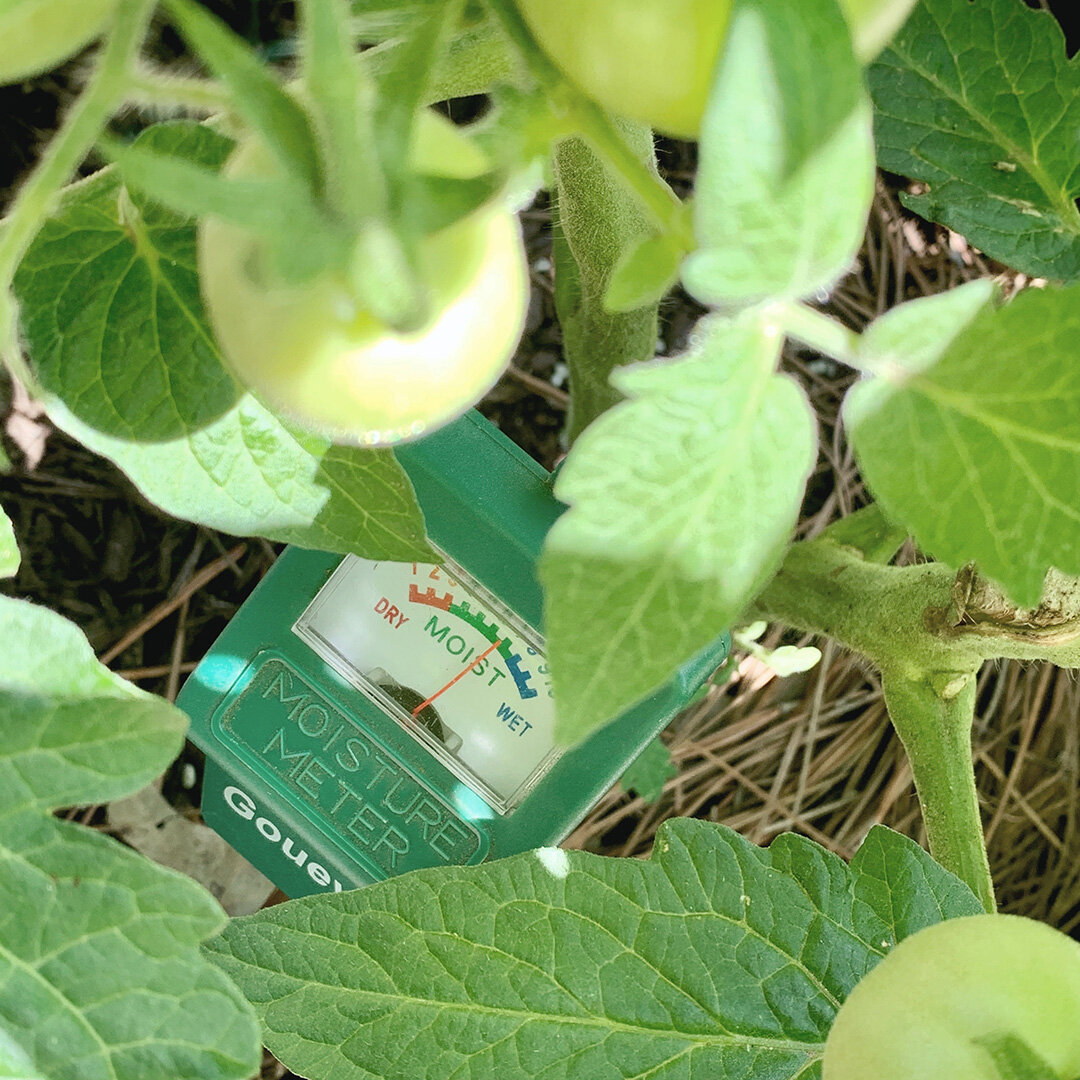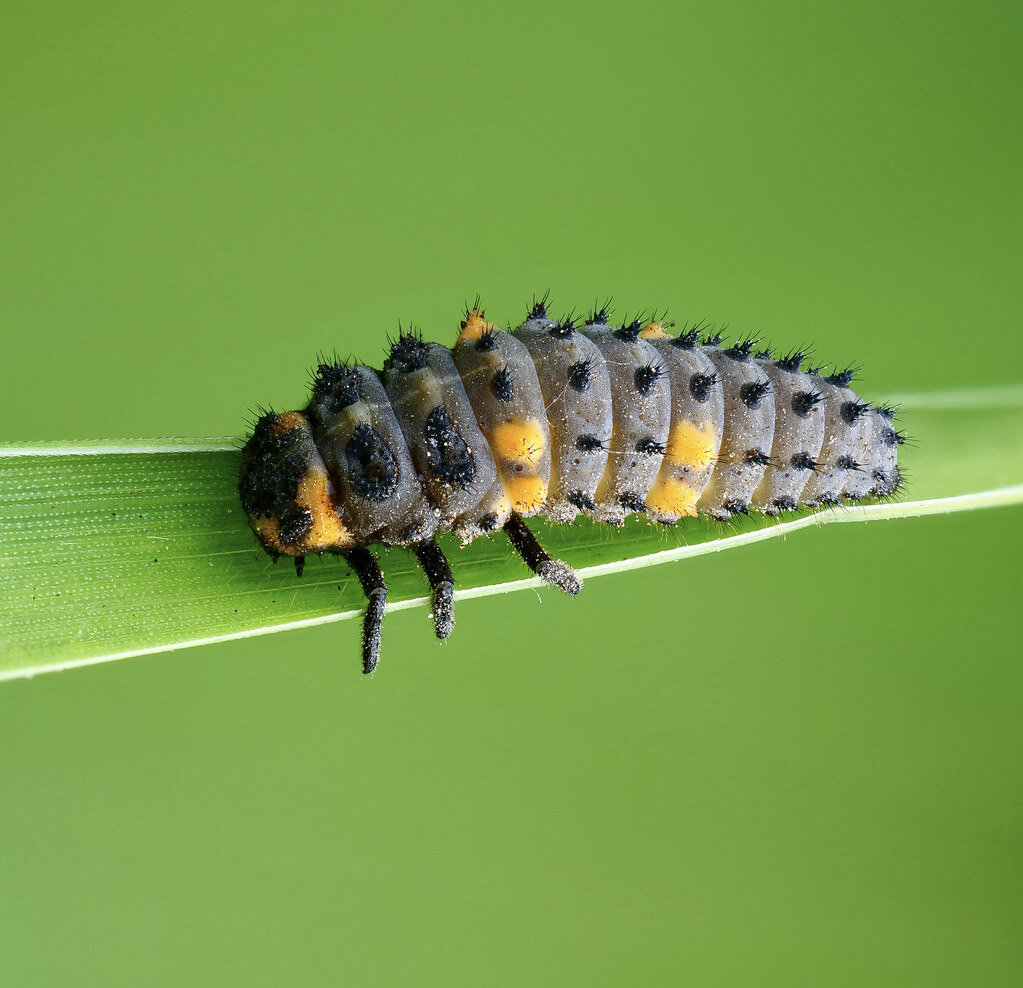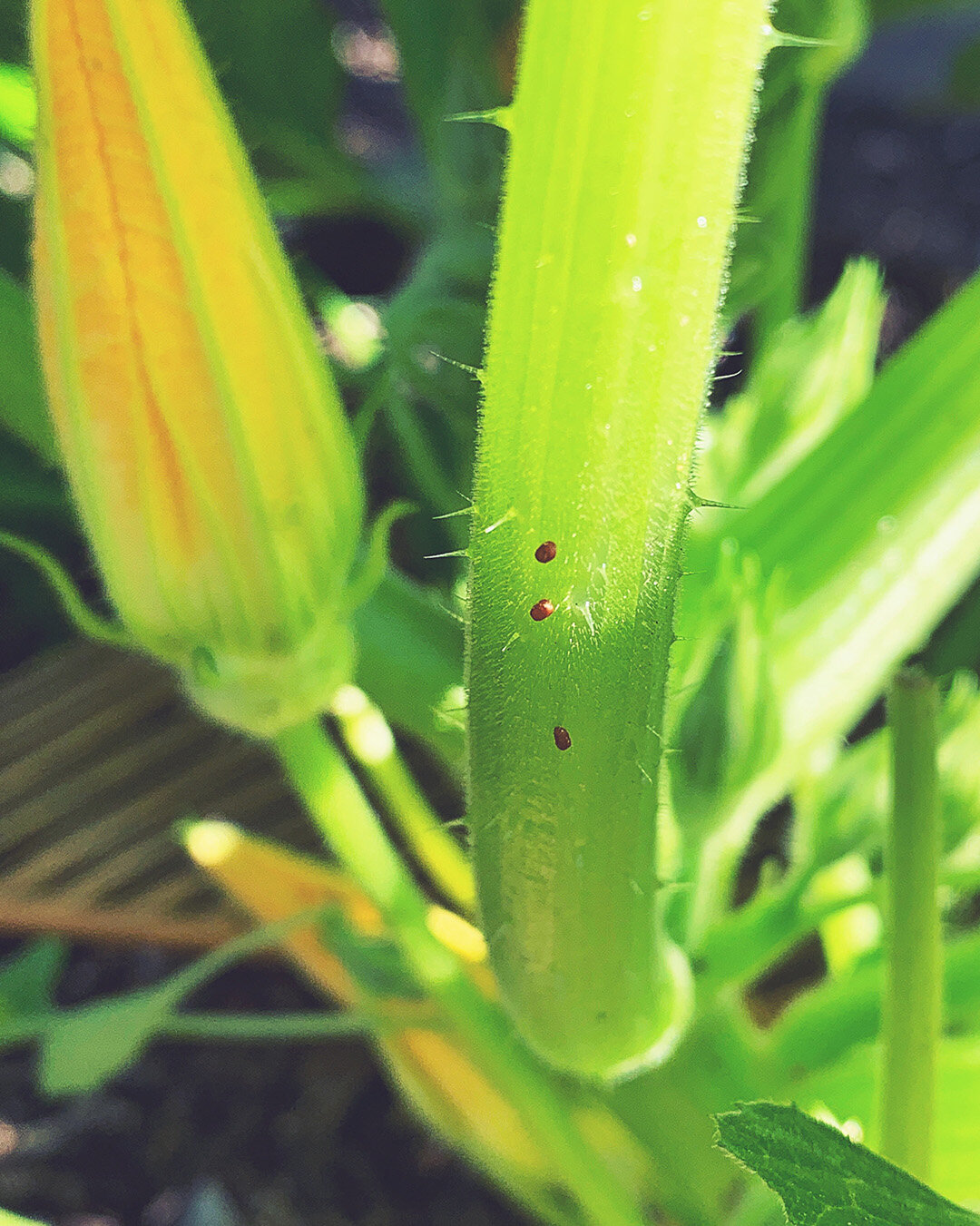What to Do in the Garden in May
Love-in-a-Mist (Nigella Damascena) growing in dappled shade.
Ah, the whims of a Texas spring!
In 2021, our gardens slowly rallied after the freeze. The loquat were shriveled and bronzed. There were no golden pies or jam that year. Even now they are struggling, after suffering through a 2023 summer of hellfire, still finding their way back to health.
This year feels more hopeful. At least regarding the weather. We’ve had some positively nippy mornings in the 50°s in recent days and bountiful rain.
Depending on how brutal your winter was, your sagos may only now be starting to come back online. This new frond thrilled me in 2022. You have no idea.
This is time of change in the central Texas garden, from cool to warm season crops
So what’s going on in your garden? Perhaps the rain in April has burst it into glory. Are some plants not growing fast enough to your liking? There are a few things that could be going on. They could be protesting these higher temps. Radishes, peas, turnips, kale, and lettuce all prefer cooler days, and who can blame them? Or perhaps you bought your plant at a big box store and it’s used to all kinds of super juiced growth additives, and now it’s not getting them and it’s sulking. Maybe all the rain has caused some chlorosis, which makes the leaves turn yellow because the plant is unable to make sufficient chlorophyll. That indicates a root issue and sometimes happens when the soil gets so soggy that there is no room for oxygen to get to the roots. Try adding more perlite to your containers and mixing in with your hand as close to the roots as possible. Let the plant dry until it needs to be watered again and then add that lovely seaweed when you do water.
Around now, cool-season crops like kale will start getting ragged— besieged by caterpillars, cucumber beetles, and aphids. Pests come for weakened plants and a cool season crop trying to persist into higher temps is just such a target.
Remember my love for the trap plant, aka an “aphid hotel?” When your older crops start getting overwhelmed by pests or problems, let them go. Remove them to make way for more warm-season darlings but maybe choose one to donate to the pests for a while longer. Attract beneficial insects, like ladybugs and lacewings to your garden by “leaving a light on” as the old commercial used to say. That cilantro that’s flowering will go to seed soon. Then it becomes coriander! A whole different crop to harvest or use as seeds for next season.
Lacewing
An aphid chomper and absolute cutie pie. You want these in your garden.
Here’s your reminder to get a moisture meter.
It makes a big difference with tomatoes to keep their watering consistent. Did you get a lot of split ones last year? That happens when the fruit can’t contain all the moisture after a sudden increase in what it usually receives. It basically splits its pants. Nobody likes that.
This little device is a game changer.
Other Garden Tasks:
If you have spring bulbs that need to be moved or dug up for storage, stop watering them once their foliage starts to yellow and then dig them up once they are shriveled and brown. I am doing this for my ranunculus corms but I’m leaving my saffron which after growing into a foot-long grass has now entirely disappeared from the surface. Use a garden marker to note where bulbs are buried if you think you may forget.
Pinch back your cosmos and zinnias when they get about 8” tall. Snip them to just above a set of leaves about halfway down so they will be sturdier and less leggy as they grow. It may scare you to do it but don’t worry, in a week they will be bigger and a lot stronger. Reference my guide to growing zinnias here.
Once those flowers start blooming, continually harvest them for bouquets to get the most blooms. It will astonish you how quickly they grow back and flower again. This is how you keep them healthy and growing all season.
Help pollinate your tomatoes for bigger yields by brushing the tomato flowers with a toothbrush.
One of my favorite tasks this month, helping to pollinate your tomatoes by gently brushing them or tickling with your fingers.
There will be bugs.
Not just on the trap plants. Just remember, we are building an ecosystem. We are using organic gardening methods which will be more challenging for certain issues. There are all sorts of pests out there waiting to ruin your day. The big ones in central Texas seem to be pillbugs, (heretofore widely believed to not eat living plant matter), snails, armyworms, hornworms, aphids, white flies, cucumber beetles, and stripe bugs. Use an app like google lens to identify any bug you see on your plants. Find out if it’s a good guy or a baddie. Ladybugs are good. So are their babies. Get acquainted with the larval stages of ladybugs and what they look like so they aren’t accidentally misidentified as pests. They look nothing like ladybugs, they look sort of like little alligators.
Ladybug Larva, baby aphid hoover.
Some worms wait until night to come out to feast. Slugs, snails, cutworms, and armyworms all go to town when the sun sets. If you are seeing holes in your plant’s leaves, check the undersides for insects or snails. If you find none, wait until dark and then get a flashlight to find them. Pick them off and drop them in a bucket of soapy water. Set beer traps for slugs and snails. Use our trusty insecticidal soap spray for aphids and powdery mildew (especially on calendula and zinnias). Pillbugs thrive in wood mulch, so if you are having an outbreak, remove the mulch until they go elsewhere. Constant vigilance is crucial for new seedlings since they can disappear overnight. I’m also sorry to report that the Squash Vine Borer is coming. I’ve already pulled dozens of little red eggs off my squash. My advice for you. 1. Plant squash early and try to find early producing varieties 2. Remove the eggs as you find them. Check every day. I use tape for this. 3. Do not get attached to your squash. 4. Accept that ultimately, the SVB always wins. Maybe you can get some squash out of it before it falls to the devil.
These are what the devil’s eggs look like. You literally need to pick them off every day. I use my reading glasses and tape. It won’t work though.. The devil always wins.
The SVB will break your heart. This warning comes in a refrigerator magnet for your convenience.
What to plant in May:
At this point in the season, you can grow most things from either transplants or seeds.I prefer to grow from transplants for squash since it’s a race against the devil and seeds for almost anything else other than melons and eggplant since I don’t plant many of those in my small garden. Basil, black-eyed peas, and flowers like cosmos, zinnias, and sunflowers are easy to grow from seed and come up quickly. You also just get so many more flowers with seeds than transplants.









